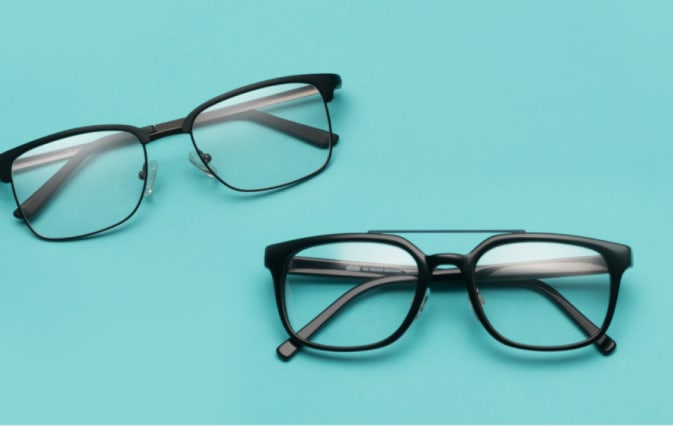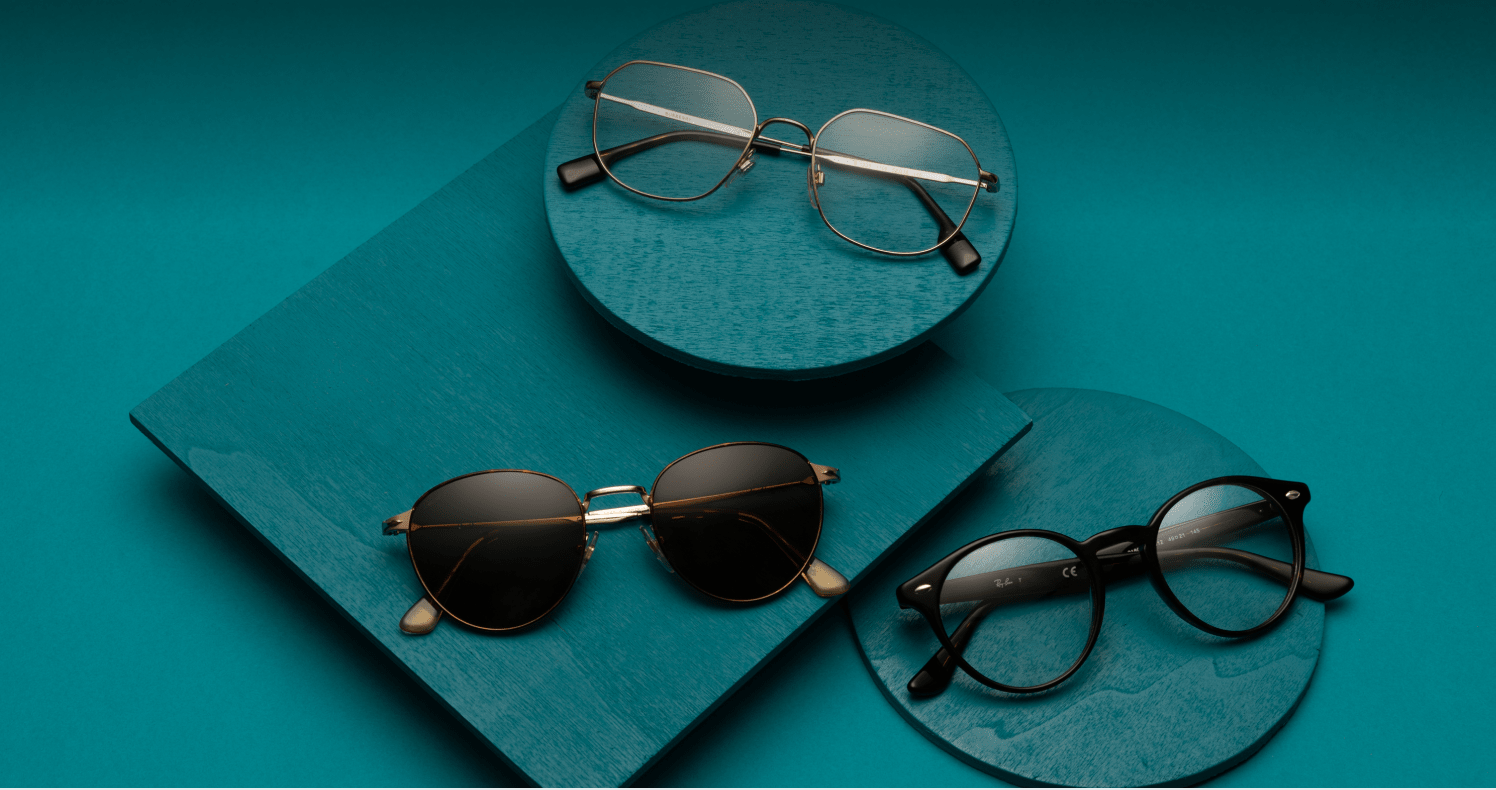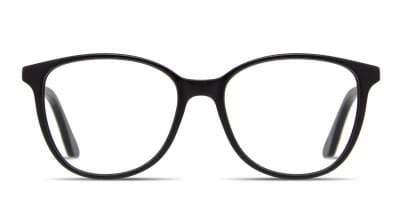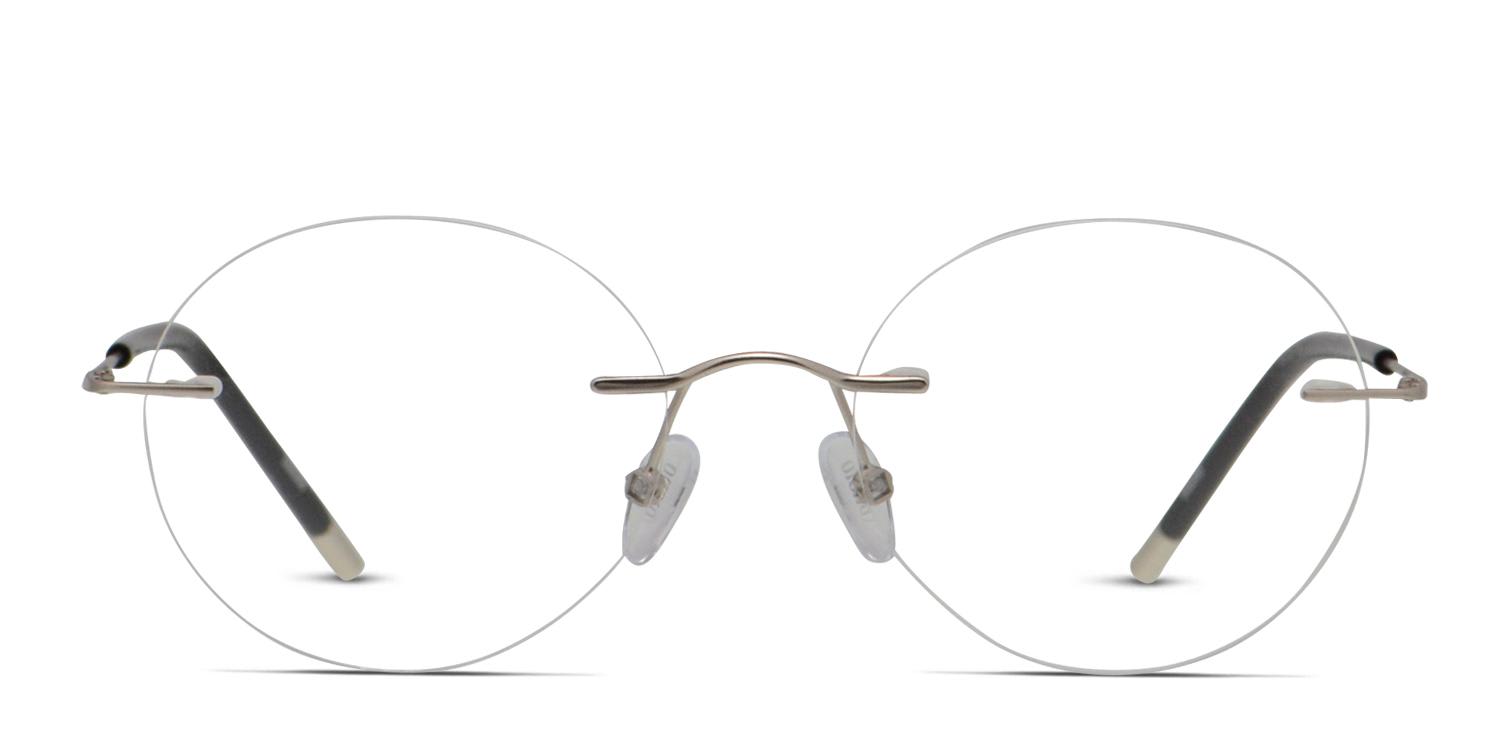High-index lenses
Updated JUN 5, 2023 • 3 min read

Summary in 30 seconds
Remember the days when the doctor would prescribe glasses for you and a few weeks later you were given coke-bottle glasses? Well, those days are (finally) over.
Let’s face it – thick lenses are ugly. Thin lenses are hot. It’s just that simple. Heavy eyeglasses, with thick lenses, weigh on your sinuses and feel like a brick laying on your face.
Thin lenses do not – they feel light and sometimes you forget you’re wearing glasses. So, why would you want frames with thick lenses if you don’t need them? We have options!
Jump to content
- Most frames are not made to hold thicker lenses
- Thinner lenses have thinner edges
- No more “bug eyed” look
- Different varieties of thinner lenses
- Best for high prescription
Most frames are not made to hold thicker lenses
Since most people who wear eyeglasses are nearsighted, the physical property of their lenses have edges that are thicker than the centers. Having stated that, it’s safe to assume that stronger prescriptions will be thicker at the edges. The way many eyeglass frames are manufactured today, the frames are generally much thinner than the lenses they need to house.
Thinner lenses have thinner edges
So, how do higher index lenses compare to normal, basic lenses? What are the advantages? Thinner lenses have thinner edges and help bend light more effectively and efficiently through nearsighted lenses.
This makes your prescription glasses glasses more effective. Also, thinner edges require less material which can reduce the total weight around the lenses making them feel lighter in your frames. In general, lenses made with high-index plastic are much lighter than lenses with the same prescription made with standard plastic and CR-39 plastic. Lighter glasses means less weight on the nasal passages.
No more “bug eyed” look
Consumers with farsighted prescriptions can also gain from having high-index lenses as their lenses are usually thicker in the middle than at the edges. Thinner lenses means less of a chance of having the “bug eyed” look that often happens with farsighted prescriptions.

Different varieties of thinner lenses
Thankfully, in today’s day and age, there are many options for people who want thinner lenses. There are different varieties of lighter and thinner high-index lenses and they are classified by how they bend light.
The materials “index of refraction” is the control-ability of the lenses ability to bend light. The “index of refraction” is a ratio that compares the speed of light when it travels through the air with the speed of light when it passes through a clear material.
Normal plastic has a ratio of 1.50. High index lenses range from 1.53 to 1.74. Lenses with an index higher than 1.70 are usually at least 50 percent thinner than conventional prescription eyeglasses.
Best for high prescription
The higher your prescription is, the thinner you want your lenses to be. If you have a high prescription, you should choose a lens with a higher index.
Thinner lenses may cost more in the long run but the cost is worth it because the lenses are beneficial to your eyes – especially if you have a higher prescription. If you’re opting for a thinner high-index lens, it is also wise to have an anti-reflective coating applied to your lenses to keep the glare out and allow more light to bend through the lens.
Published March 30, 2023|Updated June 5, 2023

 Oversized
Oversized
 Aviator
Aviator
 Wayfarer
Wayfarer
 Rimless
Rimless
 Cat Eye
Cat Eye
 Round
Round


